Have you ever wondered which are the longest living animals in the world? Every year, scientists discover thousands of new species. And to date, we have explored less than five percent of the ocean. So perhaps the longest living animals in the world today will be replaced by a creature yet to be discovered.
While the average life expectancy of humans during Middle Ages was just over 30 years, today life expectancy at birth is 78 years in the US.
Monaco, Japan and Singapore has the highest life expectancy in the world. Declining infant deaths, better management of diseases and widespread access to clean water have all contributed to an upswing in our longevity.
It’s not only humans that live pretty long lives. Many of the longest-living animals in the world outlive us despite the grim natural conditions they are living under.
They are facing diseases, predators, habitat destruction, competition for food, and yet some species in the animal kingdom live hundreds of years.
Let’s see which ones are the longest living animals on earth!
10. Albatross
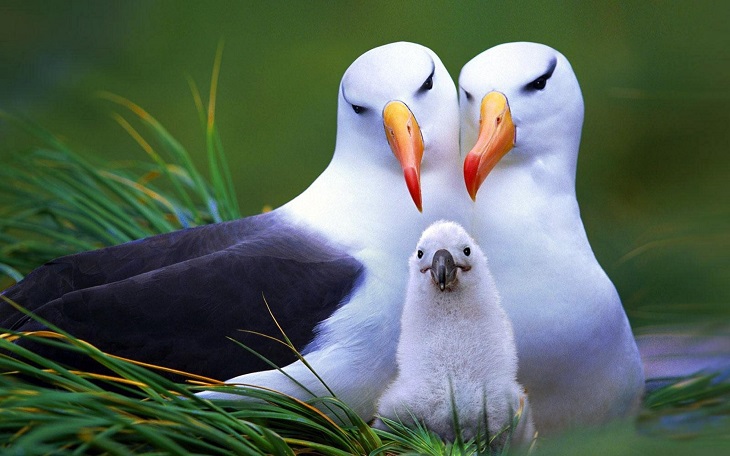
These sea birds not only have the longest wingspan of any bird – up to 11 feet (3.4 meters) – but they also have one of the longest lifespans among birds. These long-lived birds have reached a documented 50 years of age. The oldest known albatross is a roughly 65-year-old bird named Wisdom. Wisdom is still giving birth to and raising healthy chicks. While small birds are lucky to live five years in the wild, large birds like albatrosses tend to live longer. They mature later and breed less frequently. Other birds like captive parrots can live into their 80’s, and flamingos can also outlive us.
9. Elephant
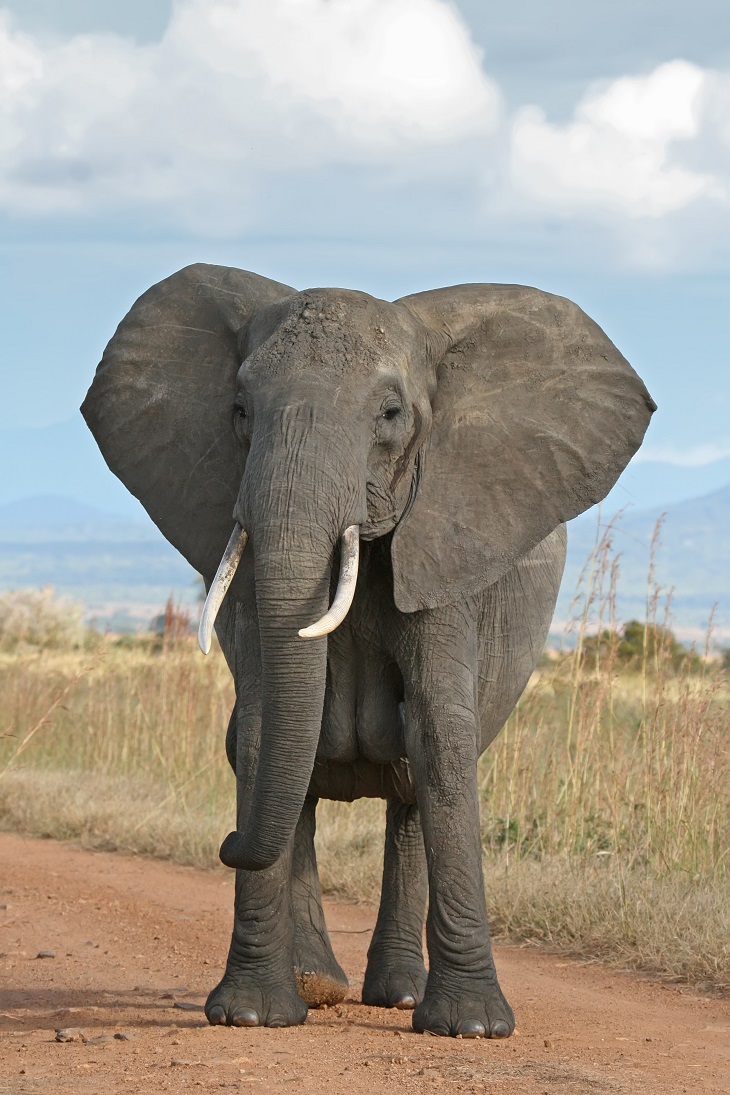
via en.wikipedia.org
Elephants have long lifespans, reaching 60–70 years of age, but the oldest elephant died at 86 in the Taiwanese zoo. He was so widely revered that he eventually earned the affectionate nickname “Grandpa Lin.” The elephant served with the Chinese Expeditionary Force during the Second Sino-Japanese War and later relocated to Taiwan with the Kuomintang forces. From 1983 onward, his birthday was celebrated every year.
8. Macaw

The beautiful colorful macaws are native to parts of Central and South America. In the wild, their average life span is between 30 and 35 years. However, when captive as pets or cared for at zoos, these birds can live up to 60-80 years. The oldest known macaw, Charlie, was reported to be 112 years old in 2011. Sadly, most macaws are now endangered in the wild, and a few are already extinct because of habitat degradation and the illegal pet trade.
7. Termite Queens

While workers and soldiers live approximately 1-2 years, studies show that queen termites can live up to decades under ideal climate conditions. According to some scientists, termite queens live for 100 years. Some scientists estimate it only to 25-50 years. The queen of the subterranean species is typically the oldest termite in the colony.
6. Giant Tortoise

via wikimedia.org
The magnificent giant tortoise is a characteristic reptile currently found on two groups of tropical islands: the Aldabra Atoll in Seychelles and the Galapagos Islands in Ecuador. These magnificent animals are among the world’s longest-living creatures, with an average lifespan of 100 years or more. Jonathan (on the picture) is an Aldabra giant tortoise, and he is the world’s oldest known land animal with his ripe old age of 184.
5. Koi Goldfish
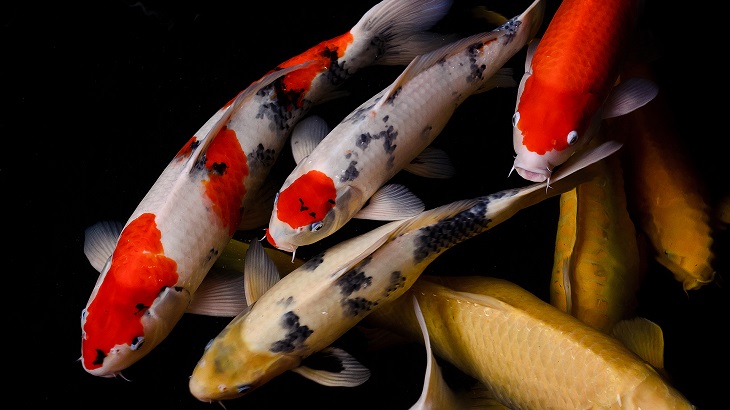
The average lifespan of koi fish is 25-30 years, but koi reports have lived much longer than that. A famous koi in Japan named Hanako died in 1977, and a study reported that she was over 200 years old. The beautiful scarlet-colored Hanako became the oldest known fish ever recorded in history.
4. Bowhead Whale
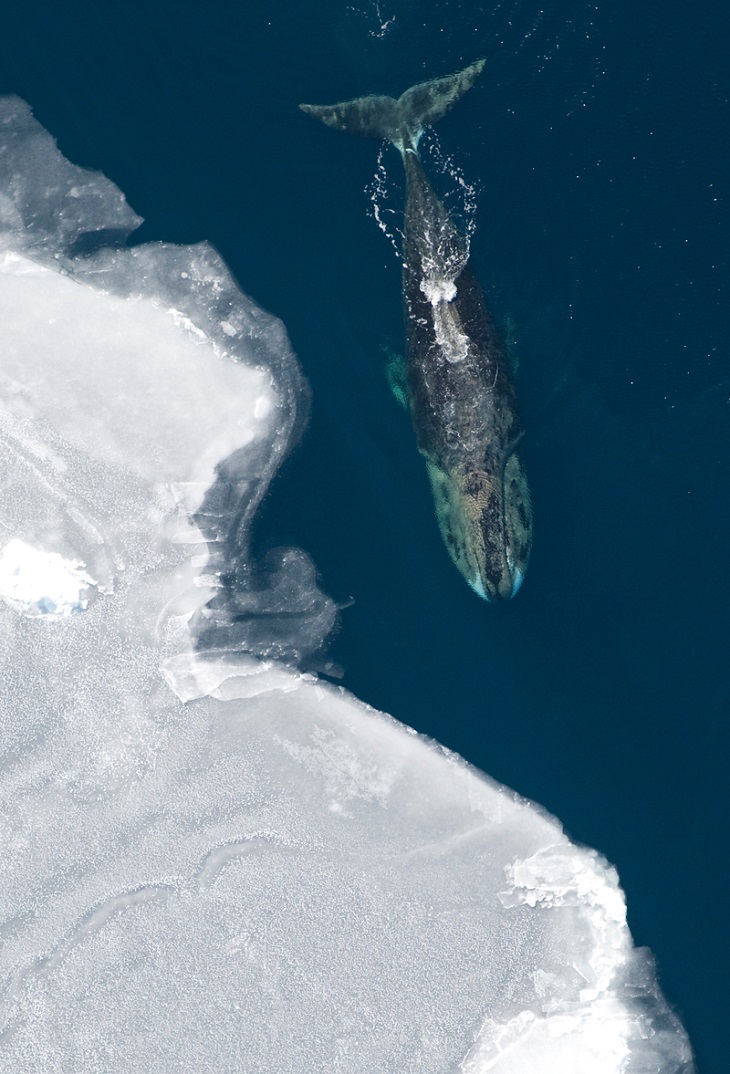
via www.hww.ca
Bowhead whales are the second largest mammals after the blue whale, and their average lifespan is 200 years. The reason behind this extraordinary long life is the animal’s slow metabolism. Bowhead whales live in extremely cold Arctic environments, which causes a low body temperature, which means slow metabolism and less damage to tissues.
3. Greenland Shark
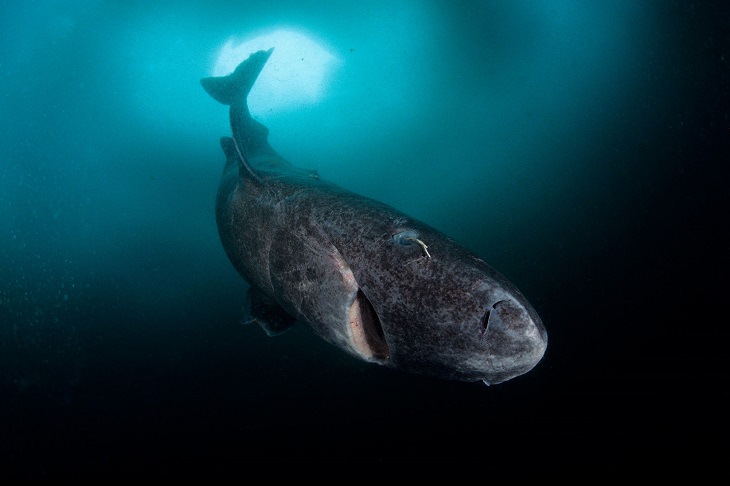
via news.nationalgeographic.com
According to a new study, the Greenland shark is the longest-lived vertebrate on the planet and, with that, one of the longest living animals in the world. Living in the cold, deep waters of the North Atlantic, these sharks reach ages of 200 years old or even more. They can reach possibly the ripe old age of 500. They live so long because they grow very slowly, about 1 cm a year, and they don’t reproduce until they’re around 150 years old
2. Ocean Quahog

The ocean quahog’s life-span is an average of 220 years, although the oldest reported quahog clam named Ming died at the age of 507. The clam so named as it would have been alive during the Ming Chinese Dynasty. Some collected specimens have been calculated to be more than 400 years old.
1. Immortal Jelly Fish
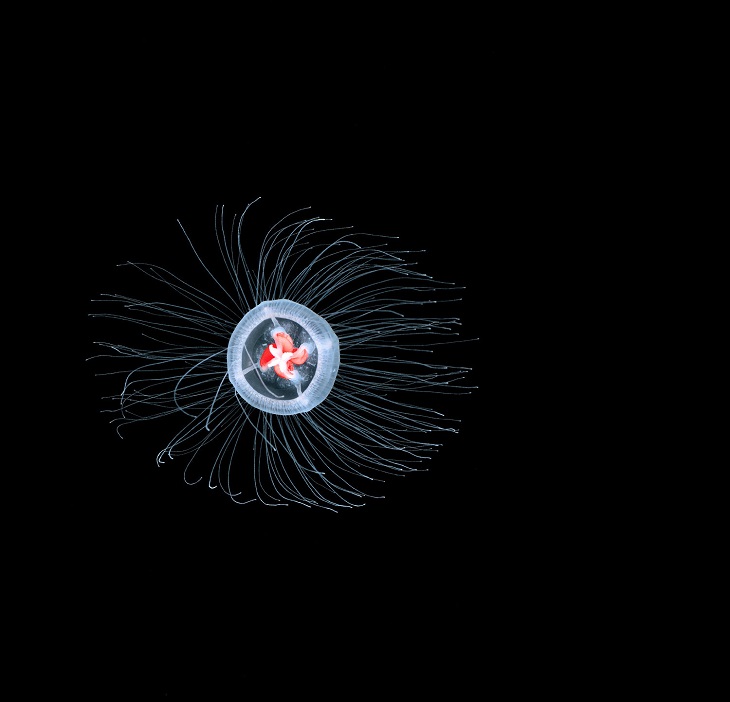
via www.nytimes.com
In 1988 a jellyfish that never truly dies was discovered by Christian Sommer, a German marine-biology student. The jellyfish recycles itself, “aging” backward from the adult stage to an immature polyp stage repeatedly. It can be likened to an older man who grows younger and younger until he is again a fetus. For this reason, Turritopsis dohrnii is often referred to as the Benjamin Button jellyfish. The jellyfish are biologically immortal, but they don’t live forever and get injured and eaten just like other animals in practice.



